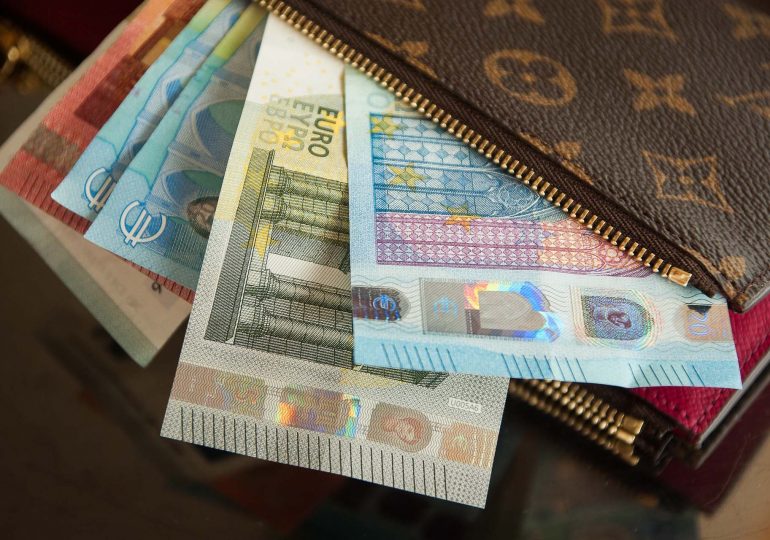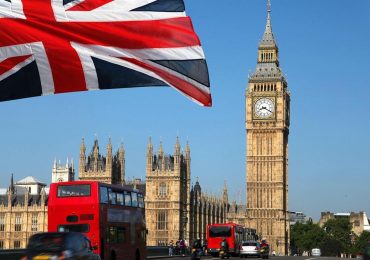Euro currency and EU financial markets
In January 2019, the official date was celebrated. The euro currency has entered a period of maturity and celebrated its twentieth anniversary. For citizens of EU countries, changes came in 2002, when new money was in the hands of the population. Nevertheless, professional circles began to work with the euro much earlier. In January 1999, eleven EU countries adopted euro rates against major currencies. Countries delegated control over money to Frankfurt (Germany) a new institution – the European Central Bank (ECB).
Most analysts at the time expressed that Germany would experience the most problems from the introduction of the euro. It was believed that countries with not very strong economies (for example, Greece) would pull the currency to the bottom. Including projected decrease in the potential of the German industry.
Perplexity was also caused by Montenegro, which introduced the euro without coordination with the EU countries. Before that, it had to use the Deutschmark due to the lack of its own economy after the collapse of Yugoslavia. However, the unrest turned out to be superfluous: Montenegro is imperceptible and brought no problems.
The German Bundesbank until 1999 held a tough inflation policy. What to expect from the European Central Bank in those days did not know. Deutschmark overestimated, and it is obvious. Moreover, there was a current account deficit in the country’s economy.
Currently, the inflation rate of the euro is lower when compared with the mark in the era of the Bundesbank. Surplus observed in the balance of current operations.
Euro currency and crises
In countries such as Spain and Ireland, since the 70s of the twentieth century, the government has taken over the head solely because of inflation. At the same time, the process was accompanied by an increase in salaries (sometimes twice). Crises were directly associated with rising consumer prices. In general, the problems turned out to be local, since each state was responsible for itself.
With the advent of the euro, crises have become a common concern. Increased activity in the financial markets. In particular, cross-border bank loans rose from 100% of gross domestic product in 1999 to 400% in 10 years.

In 2008, the world seized the financial collapse that appeared on the US mortgage markets. The United States was able to recover quickly, but Europe did not. In the EU, there was a carousel of crises in different countries of the Union.
The ECB quickly figured out and began to restrain inflation. European countries carried out reforms, using political capital. In short, the currency with honor survived the financial crisis.
Now, GDP growth has slowed, but in general, its dynamics correspond to the American one. Unemployment is declining, and the employment rate is growing. In addition, this is taking into account the fact that qualified employees return from the UK to their homeland. The high level of wages in this country is counterbalanced by constantly growing housing prices and high consumer prices. The current level of support for single money is 74%, which means that Euro-pessimists are still in the minority (about 20%). Even the Italians (68%) are sure: the euro currency created many jobs and negated local crises.









